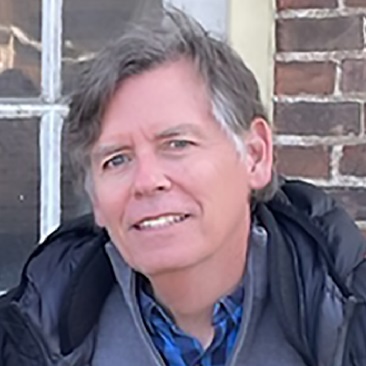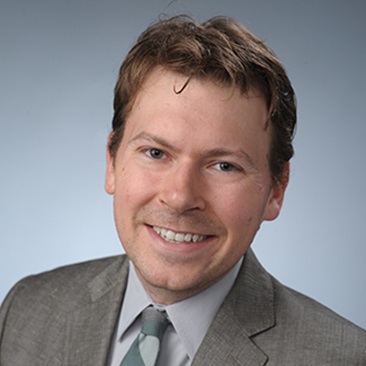Armstrong and collaborators author paper, win grant for excavation
November 25, 2019
Douglas Armstrong, professor and chair of anthropology, co-authored “Where Strangers Met: Evidence for Early Commerce at LaSoye Point, Dominica,” published last month in the journal Antiquity. The article is based on preliminary research conducted during 2018 at the LaSoye Point archaeological site on the east coast of Dominica, funded by a Northwestern University Research Grant.
Among Armstrong’s co-authors and co-investigators are a number with previous connections to Armstrong and the Maxwell School. Mark Hauser, the paper’s lead author and an associate professor at Northwestern University, completed his PhD under Armstrong’s supervision at Maxwell. Kenneth Kelly, a professor at the University of South Carolina, was a student and later teaching assistant of Armstrong’s during his time with Maxwell’s archaeological field school. Other co-authors include Diane Wallman, an assistant professor at the University of South Florida, and Lennox Honychurch, an anthropologist and historian at the Fort Shirley Museum in Cabrits National Park, Dominica.
The LaSoye Point site was first revealed by Hurricane Maria and contains many European artifacts from more than a century before the formal colonization of Dominica began. This site is the first 17th- and-18th century Dutch trading factory discovered in the Caribbean, and is expected to provide critical data concerning interactions between European colonists and the Kayo and Kalingo nations. LaSoye is one of first contact sites between colonial powers and Eastern Caribbean indigenous groups, and as such it provides an opportunity to date changes in European and indigenous relationships and is a uniquely important site for the history of early colonialism in the Eastern Caribbean.
To continue work on the LaSoye Point project, Armstrong and his colleagues have also received a maximum-award grant from the National Geographic Society, funding work this past summer and in summer 2020; the work is also supported by a Syracuse University Cuse Grant. That research has already revealed scores of artifacts, several buildings, and four related sites for future excavation. The team hopes those artifacts will be displayed in a visitor center near the site for local education and tourism.
Armstrong, a member of the Anthropology faculty since 1986, has taught students through numerous field studies courses, including those in Jamaica, Barbados, St. Johns, and St. Thomas. His previous work has been funded by, among others, the National Science Foundation, the Wenner-Gren Foundation, the National Park Service, Fulbright-Hays, and the National Endowment for the Humanities. Over his career, Armstrong has written eight books; served on the editorial boards of the International Journal of Historical Archaeology, Caribbean Archaeology, and the Journal of African Diaspora Archaeology and Heritage; and has been the president of the Society for Historical Archaeology.
You can read more about this excavation in the article "Pirate trading port found at Woodford Hill."
11/25/19
Related News
School News

Dec 13, 2024
School News

Dec 11, 2024
Commentary

Dec 2, 2024

